How to Track New Keywords with Ease
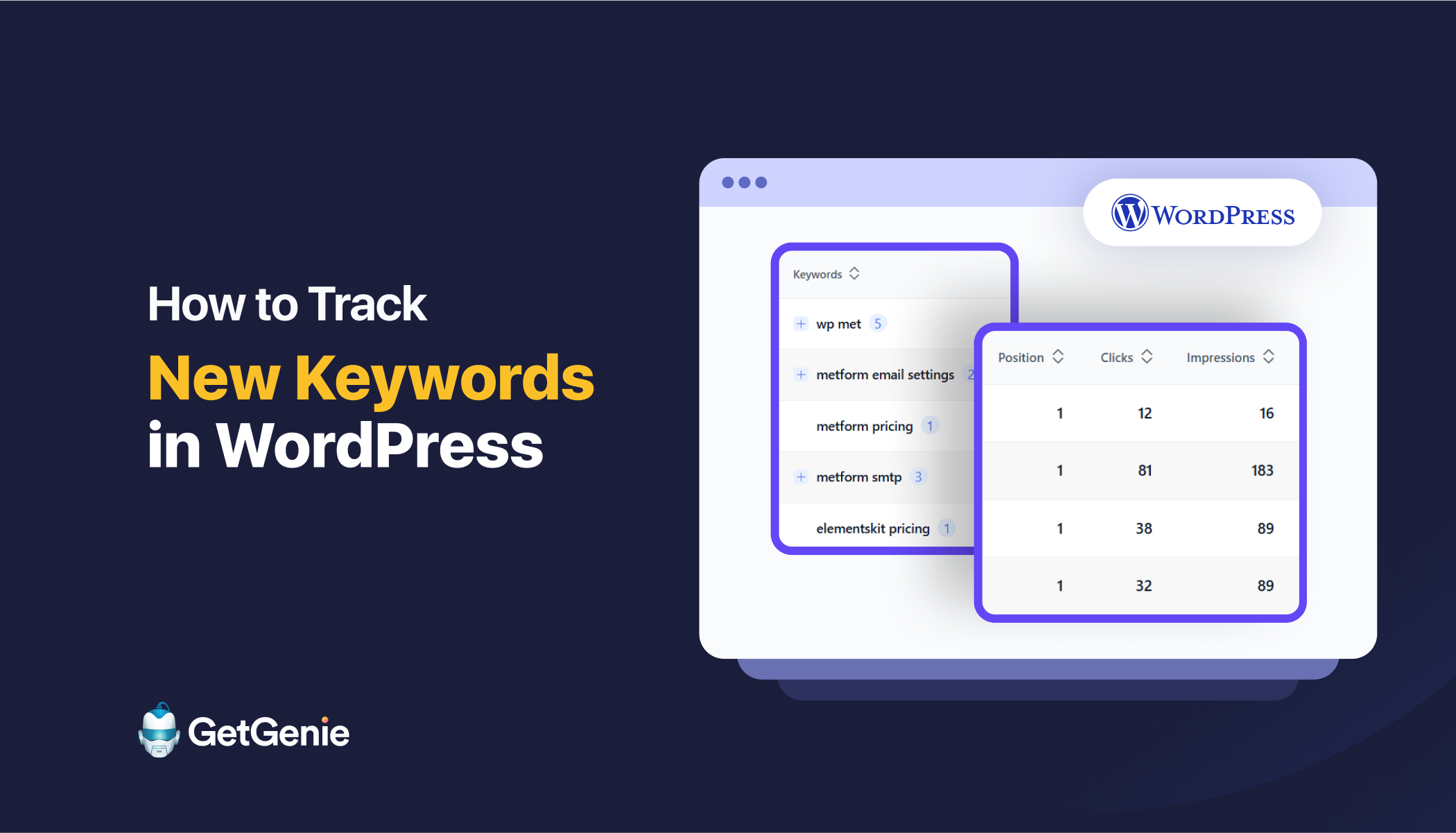
Overview:
To track new keywords easily, utilize AI tools like GetGenie and also Google Trends to discover trending keywords.
Follow the steps below to track with AI tools:
✅Download and install GetGenie AI
✅Find new keyword data
For manual tracking, avail the following channels:
✅Visit Google Trends for New Keyword Discover
✅Explore Various Social Media Platforms
As search terms are constantly changing, you have to keep your eyes on new trends to get emerging keywords. Also, you’ll get new keyword ideas from the keywords that have already entered Google’s top 10 pages. It’s tricky, right?
Broadly speaking, without the right approach, you risk missing these opportunities. The solution is simple: learn the effective and easy methods to track new keywords.
Let’s show you how to track new keywords with ease and stay on top of Google.
Let’s jump in!
Importance of tracking new keywords
When a keyword starts trending, it can quickly improve your website traffic if you act fast. So, it’s important to find new, relevant keywords for your niche.
Freshening up your content with these keywords shows Google that your site is active. It also helps you stay in tune with what people are searching for. Plus, it keeps your content aligned with the latest trends.
How to Track New Keywords with Ease
In this content, we’ll focus on the most practical ways to track new keywords. Below are two easy methods you can start using right away to identify new keywords.
Tracking new keywords with an AI tool
Keyword research by hand is a deep dive. As you read above, it demands both time and a sharp eye. AI tools are a shortcut; now we’ll educate you on how an AI tool can help you find new keywords on Google.
Download and install GetGenie AI
Visit WordPress.org and download GetGenie AI for your WordPress site. It’s simple to upload the file through the Plugins section of your WordPress dashboard and activate it. You can also search and install the plugin from the repository.
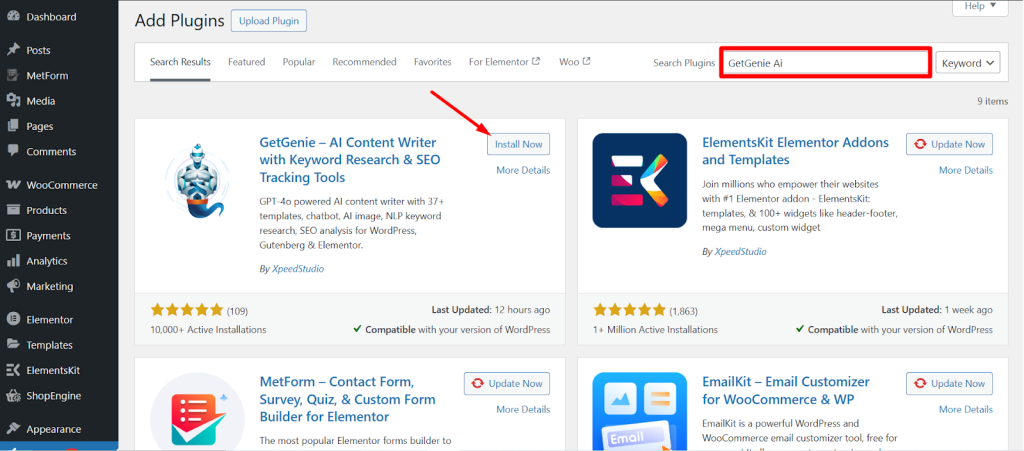
Learn the complete walkthrough for detailed guidance: Getting Started with GetGenie AI.
Find new keyword data
Find SEO Insights under Get Genie on your WordPress dashboard. Then go to Keywords, and you’ll see the New Keyword Data in the dropdown.

First, set the calendar to your preferred date range and click on “Go” button. The feature will fetch data for you and present the highlights.
You’ll see keyword data, including total keywords, impressions, and clicks for the selected period.
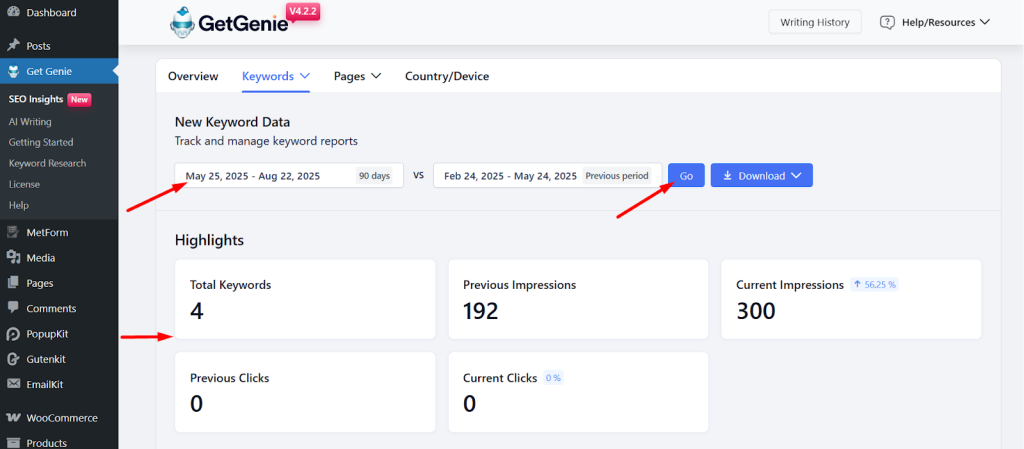
Let’s see what data we’ve got –
- Keywords: Here are all the keywords the tool tracked.
- Page Ranked On: This is the page where your new keyword has ranked. Higher numbers mean your page is showing up further down in search results.
- Position: It means the current search position of your new keyword. Here, lower numbers mean a better position.
- Diff (Position) – It shows how much the position has changed; a green arrow means improvement.
- Clicks: Number of clicks from search results for that keyword.
- Diff (Clicks) – Change in clicks.
- Impressions: Number of times the keyword appeared in search results.
- Diff (Impressions) – Change in impressions, with a green arrow showing growth.
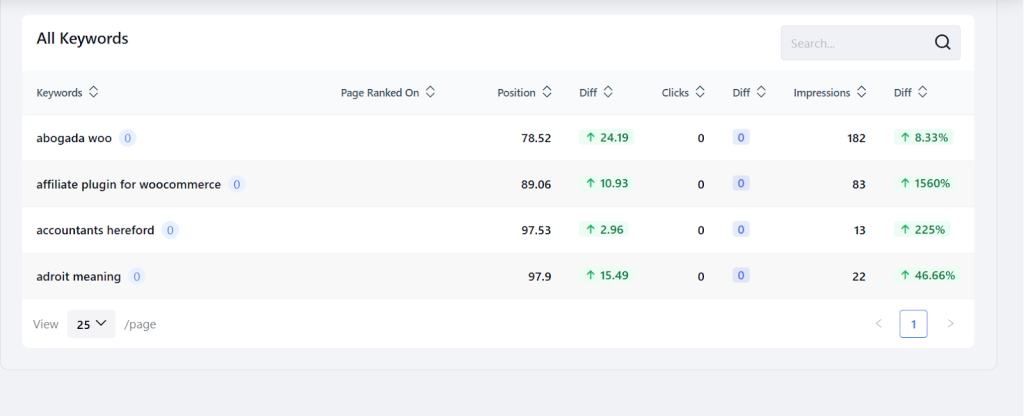
It’s just simple! Now you can save time and improve your site’s SEO performance over time.
However, if you want to track new keywords your target audiences are using to search, use GetGenie’s Google Trends feature. For example, you want to know if “How to Recover Lost Keywords” is a trending topic or not. Just search it with the Blog wizard and it’ll show you the results.
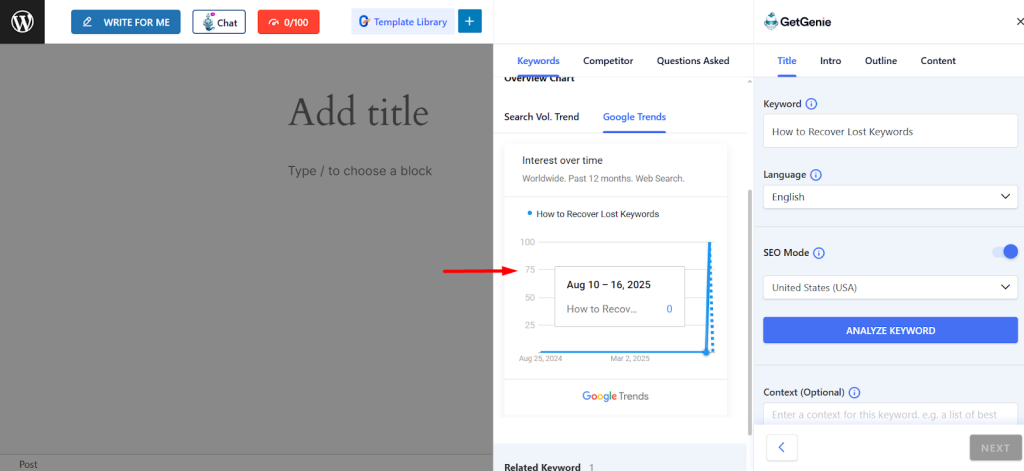
To learn more about this, read here: How to Find Trending Keywords on Google
Visit Google Trends for New Keyword Discovery
Google Trends is another useful option for spotting new search terms on Google. By entering topics related to your niche, you can see how interest changes over time.
Suppose you are curious to write content on WordPress Myths. All you have to do is search the term, and you’ll see the interest over time. And you can find out if it is a new keyword for you to optimize or not. Moreover, you can also compare different terms here and check keyword opportunities.
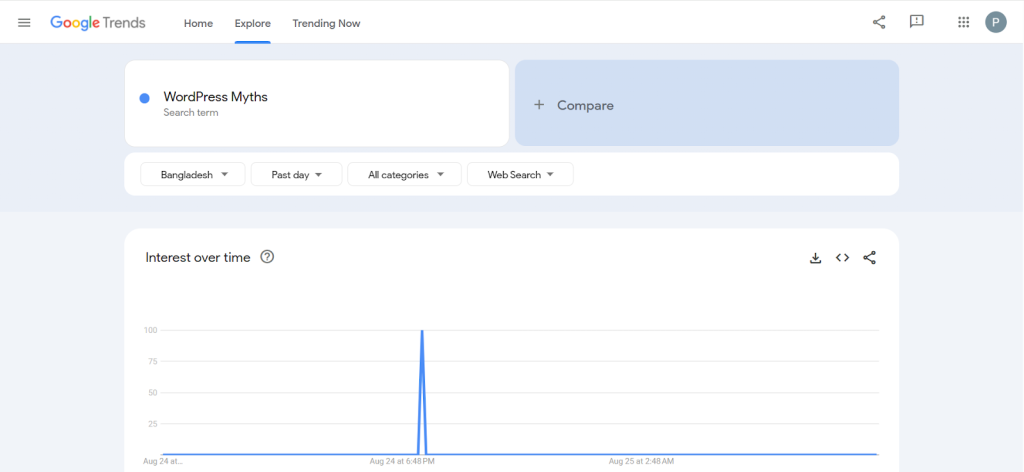
Explore Social Platforms
You can also search your target keywords on social media platforms. Reddit, Quora, relevant community groups, etc., let you search for new terms that are related to your brand. Check if those keywords are part of hot topics, then pick them and start optimizing.
Summing up
Tracking new keywords isn’t complicated. With little manual research and picking up the right tool, you can fill the gaps. The key is consistency. Check regularly, take notes, and use these insights to keep your SEO strategy both current and effective.

